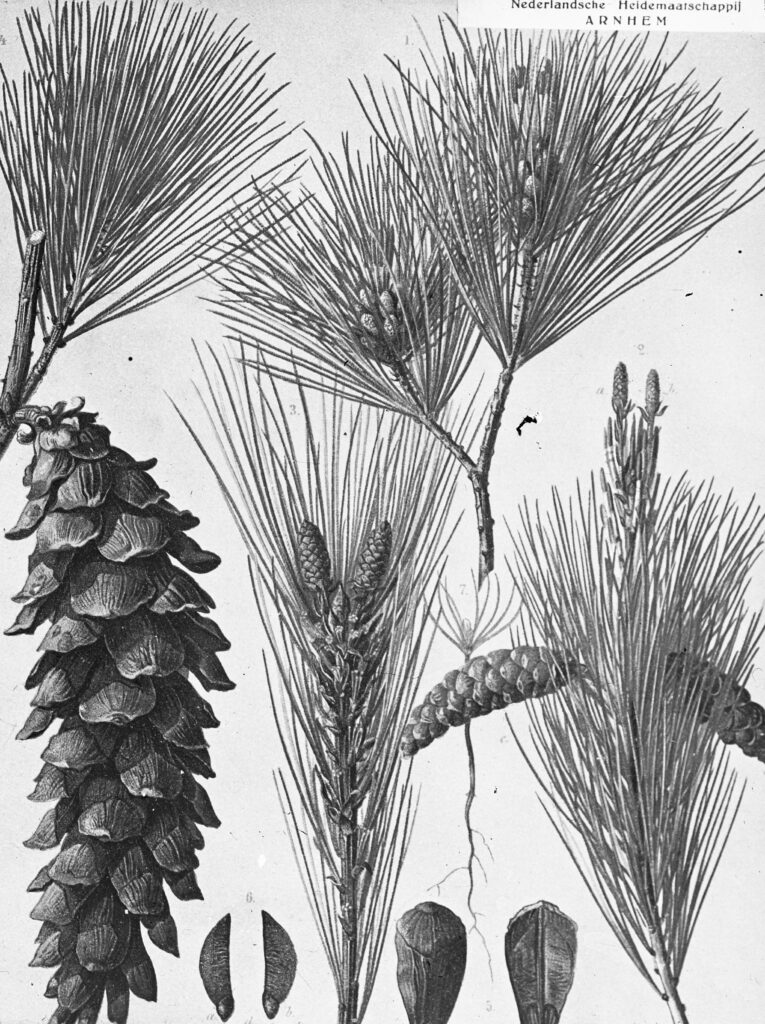Main Content
Written by Mary P., Rutgers Master Gardener of Somerset County

Conifers are about 300 million years old. They grow in many different climates on all the continents except Antarctica. There are over 600 species of conifers, all woody – mostly trees, but some are shrubs. The most common growth form is a single erect trunk with branches emerging at nearly right angles to the trunk. The most extensive conifer stands are found in the forests of the higher altitudes in North America, Asia and Europe. Common conifer trees in the United States are pine, cedar, juniper, hemlock, spruce and fir.
Conifers are gymnosperms, the most primitive seed plant. They have no flowers or fruit. The ovule and the seed are naked (unprotected) and not enclosed in an ovary or a fruit. Most conifers are monoecious – both male and female reproductive organs on the same plant. The cones contain the reproductive structures of the plant.
Female cones can be woody like pine cones or fleshy and berry-like, like those of junipers. The female cone consists of a center axis surrounded with structures which consist of a scale and a bract. The ovules are found on the scale. When fertilized by pollen, the ovule becomes the seed. After fertilization the scales usually become woody to protect the seed and remain closed as the seed matures. Sometimes a cone can remain fertilized for several years. The scales open when conditions are just right — warm and dry, so the seeds’ wing-like attachments can help them disperse in the wind. The cone can also close its scales to preserve the seed if weather conditions change. The seeds are distributed by the wind or animals.
Female cones are larger than the male cones and may live for years. The male cones are yellowish and live only a few weeks. They are made up of scales around a central stem. Each scale holds a pollen sack, and each pollen sack contains pollen grains. The pollen is released into the wind on a windy day to fertilize female cones.
Conifer roots are usually wide-spreading and shallow so they can grow in rocky, sandy or thin soil. Most conifers are evergreen and have small, simple, thin and compact leaves that are retained on the tree for 3-5 years. The leaves can be needle-shaped (pines), scale-like (junipers) or flat and linear in a feather-like arrangement (yew). Leaves are usually dark green and spirally arranged to capture as much sunlight as possible for photosynthesis. They have a tough, waxy surface to prevent water loss, and their taste deters predators.
Most conifers are ideally designed to survive cold winters. Downward sloping limbs help shed snow in cold, northern climates where the weight of snow could easily break a branch. Likewise, the needles are flexible, typically smooth and waxy to help snow slide off. In many northern conifers, sugars and other compounds become highly concentrated within the fluid of the leaf cells, acting as natural antifreeze.
Resources: